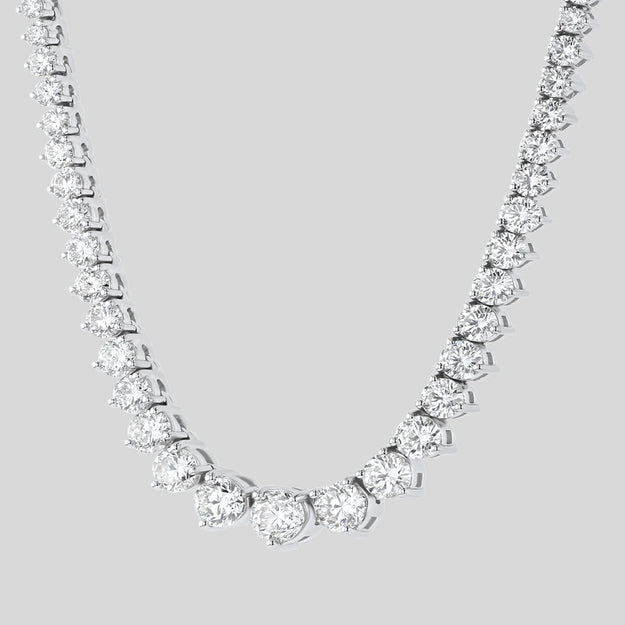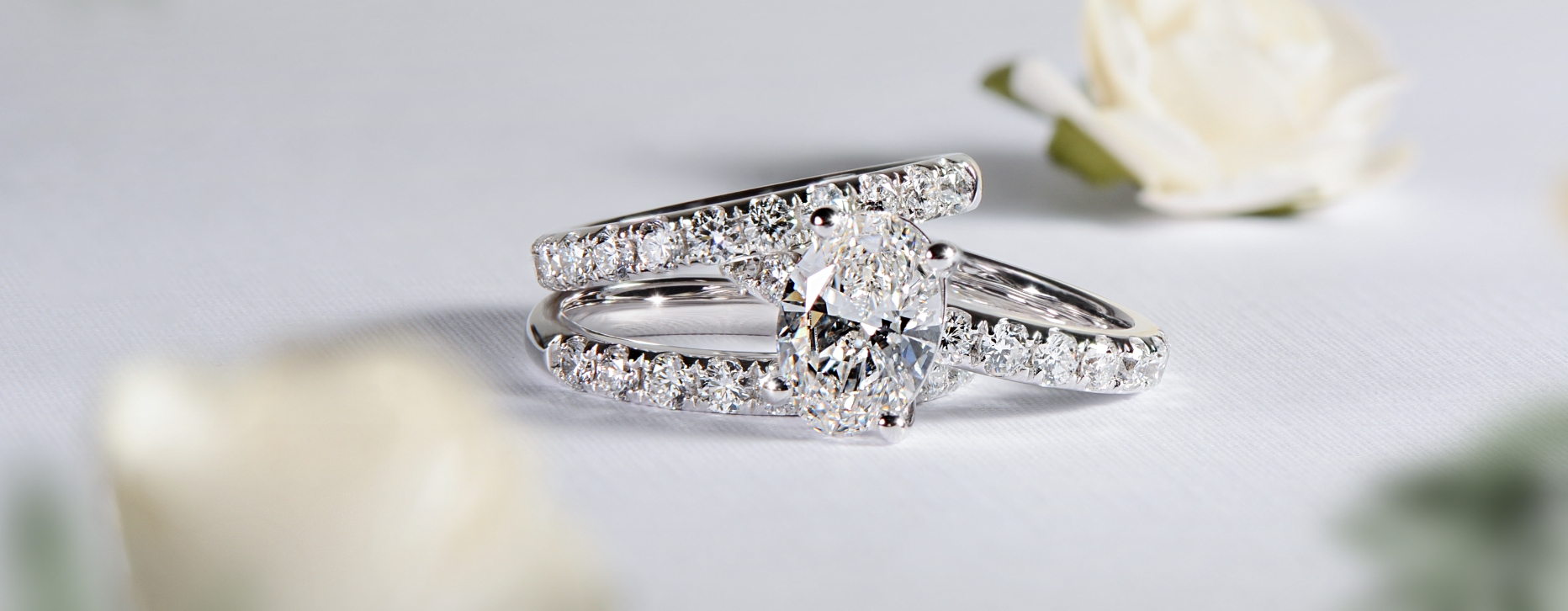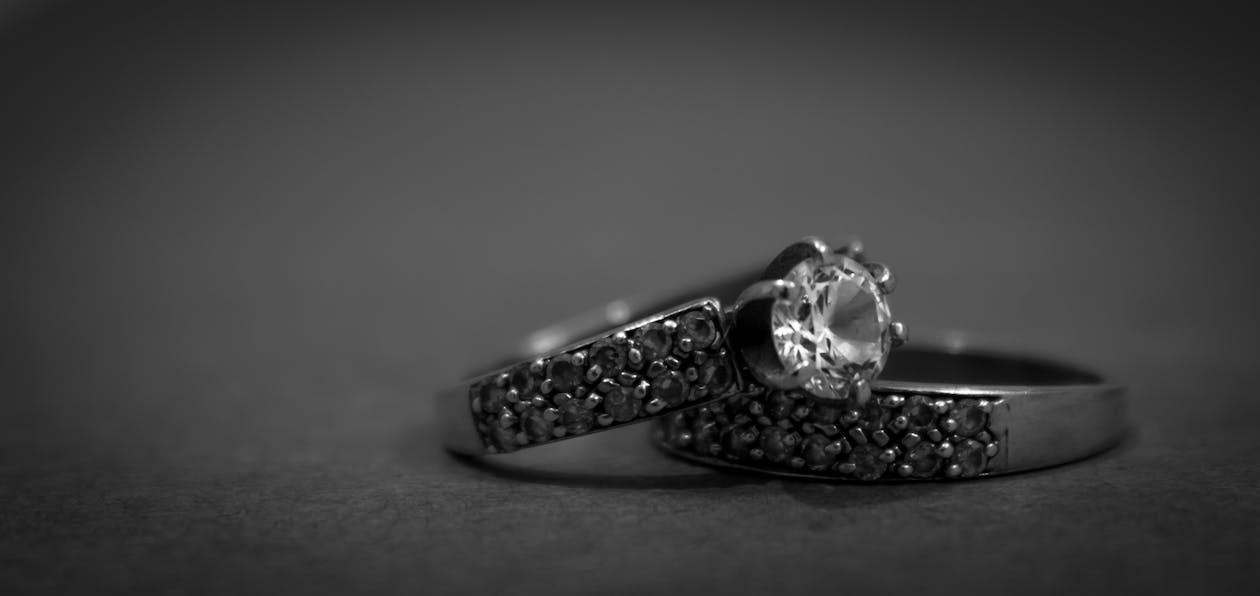In the world of gemstones, lab-grown diamonds have emerged as a dazzling alternative to their mined counterparts. These stones, crafted under meticulously controlled conditions, boast the same physical and chemical properties as mined diamonds, but with a significantly reduced environmental impact and often at a more attractive price point.
However, within the realm of lab-grown diamonds, two primary growth methods reign supreme: High-Pressure High-Temperature (HPHT) and Chemical Vapor Deposition (CVD). Both techniques create stunning diamonds, but subtle distinctions exist between them. Let’s delve into the fascinating world of Hpht Vs Cvd Diamonds, unraveling their unique characteristics to help you make an informed decision.
HPHT Diamonds: Mimicking Nature’s Majesty
HPHT (High-Pressure High-Temperature) technology replicates the extreme conditions that forge diamonds deep within the Earth’s mantle. Here’s a glimpse into the HPHT process:
- Starting Seed: The journey begins with a microscopic diamond seed, often a slither of a natural diamond or a synthetic diamond fragment.
- Carbon Packing: The seed is then encased in a carbon-rich environment, typically graphite.
- Intense Pressure & Heat: The chamber is subjected to immense pressure (exceeding 1.5 million atmospheres) and scorching temperatures (over 2,500 degrees Celsius). Under these conditions, the graphite dissolves and migrates onto the diamond seed, layer by layer.
- Growth & Polishing: This meticulous process continues for weeks, gradually building upon the diamond seed. Once the desired size is achieved, the rough diamond undergoes cutting and polishing to unleash its brilliance.
Advantages of HPHT Diamonds:
- Proven Technique: HPHT is the more established method, having been commercially adopted for several decades. This translates to a well-understood and refined process, ensuring consistent quality.
- Large Diamonds: HPHT technology excels at producing larger lab-grown diamonds, exceeding 10 carats in weight. This caters to those seeking impressive gemstone centerpieces.
- Versatility: HPHT-grown diamonds can accommodate a wider range of color variations, including fancy vivid yellows, pinks, and blues.
CVD Diamonds: Engineering Atomic Precision
Chemical Vapor Deposition (CVD) takes a distinctly different approach to cultivate diamonds. Here’s a breakdown of the CVD method:
- Low-Pressure Environment: Unlike HPHT’s extreme pressure, CVD operates at a relatively lower pressure (around 100 kilopascals).
- Gaseous Hydrocarbons: A hydrocarbon gas mixture, often containing methane, is introduced into the chamber.
- Microwave or Plasma Activation: Microwaves or an electrical plasma energize the gas molecules, breaking down the carbon-hydrogen bonds.
- Atomic Deposition: Freed carbon atoms are attracted to the diamond seed (similar to HPHT), adhering layer by layer and gradually forming a new diamond.
- Precise Control: CVD allows for exceptional control over the diamond’s atomic structure, potentially leading to purer and even more brilliant stones.
Advantages of CVD Diamonds:
- Purity: CVD diamonds often exhibit exceptional clarity and brilliance due to the precise control over the growth process.
- Scalability: CVD technology is highly scalable, enabling the production of a wider range of diamond sizes, from microscopic for industrial applications to sizable diamonds for jewelry.
- Eco-Friendly: Compared to HPHT, CVD generally requires less energy, potentially reducing its environmental footprint.
Choosing Between HPHT and CVD Diamonds: A Matter of Personal Preference
Having explored the intricacies of both HPHT and lab grown diamonds, the million-dollar question remains: which one reigns supreme? The truth is, there’s no definitive answer. Both methods produce stunning, authentic diamonds with exceptional brilliance and durability. The ideal choice boils down to your personal priorities:
- Size Preference: If you have your heart set on a dazzling diamond exceeding 10 carats, HPHT might be your better option.
- Color Desires: Do you crave a fancy yellow, pink, or blue diamond? HPHT offers a wider range of color options.
- Environmental Concerns: If minimizing environmental impact is a top priority, CVD might be a more suitable choice due to its potentially lower energy consumption.
- Budget Considerations: In general, CVD-grown diamonds might be slightly more affordable than their HPHT counterparts, but prices can vary depending on specific diamond characteristics.
Beyond the Basics: Unveiling the Nuances of HPHT and CVD Diamonds
While HPHT and CVD diamonds share many similarities, a closer look reveals some subtle distinctions that can influence your decision.
Color and Clarity:
- HPHT: HPHT diamonds are renowned for their ability to replicate the color spectrum of mined diamonds, including fancy colors like yellow, pink, and blue. However, they may exhibit slightly more metallic inclusions, which can sometimes give them a faint yellowish tinge.
- CVD: CVD diamonds often boast exceptional clarity due to the controlled growth environment. They tend to be colorless (D-F grades on the GIA color scale) and are less likely to have visible inclusions. However, some CVD diamonds might exhibit a phenomenon known as “nebula” – a faint, hazy cloudiness visible under magnification.
Growth Efficiency and Cost:
- HPHT: The HPHT process is slower and requires more energy compared to CVD. This can translate to a slightly higher cost for HPHT-grown diamonds, especially for larger stones.
- CVD: CVD offers a faster and potentially more energy-efficient growth process. This can lead to a more attractive price point, particularly for smaller diamonds.
Applications Beyond Jewelry:
- HPHT: Due to their ability to produce larger, high-quality diamonds, HPHT technology plays a significant role in industrial applications. These diamonds find use in cutting tools, drill bits, and other industrial equipment requiring extreme hardness and durability.
- CVD: The precise control offered by CVD makes it ideal for cultivating diamonds with specific properties for industrial uses. For instance, CVD diamonds can be doped with impurities to create diamonds with unique electrical conductivity properties for electronic applications.
The Future of Lab-Grown Diamonds:
Both HPHT and CVD technologies are constantly evolving. Researchers are exploring ways to further optimize growth processes, enhance diamond quality, and expand the range of colors and sizes achievable. As technology progresses, lab-grown diamonds are poised to become even more compelling alternatives to their mined counterparts.
Selecting the Perfect Diamond: A Tailored Approach
Ultimately, the choice between HPHT and CVD diamonds hinges on your individual preferences and priorities. Consider the following factors to make an informed decision:
- Jewelry Style: Are you seeking a classic colorless diamond or a captivating fancy colored stone? HPHT offers a wider color palette, while CVD excels in clarity and brilliance for colorless diamonds.
- Diamond Size: If a statement piece exceeding 10 carats is your desire, HPHT is the preferred method. For smaller, more intricate designs, CVD offers excellent versatility.
- Budget: CVD diamonds might offer a slight cost advantage, especially for smaller stones. However, price can vary depending on the specific diamond’s characteristics.
- Ethical Considerations: If minimizing environmental impact is a major concern, CVD’s potentially lower energy consumption might sway your decision.
Remember: Regardless of the growth method, ensure you purchase your lab-grown diamond from a reputable jeweler who provides a gemological certificate from a recognized laboratory like the Gemological Institute of America (GIA) or the International Gemological Institute (IGI). This certificate guarantees the diamond’s authenticity and verifies its key characteristics.
With a clear understanding of HPHT and CVD technologies and by carefully considering your priorities, you can confidently select the perfect lab-grown diamond that complements your style and values.





